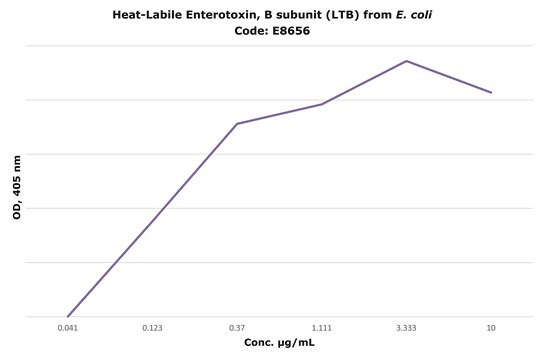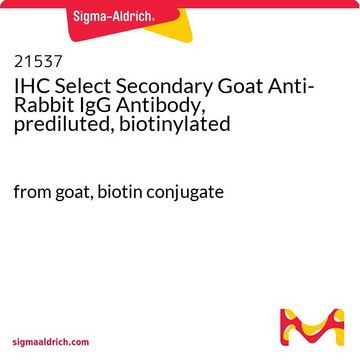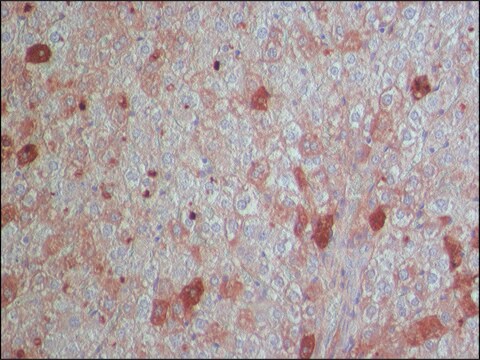SAB4200799
Anti-Shiga Toxin 1, B Subunit-FITC antibody, Mouse monoclonal
clone 13C4, purified from hybridoma cell culture
Sinonimo/i:
Anti-SLT-1 B subunit, Anti-SLT-1b, Verocytotoxin 1 subunit B, Anti-Shiga-like toxin 1 subunit B, Anti-Verotoxin 1 subunit B, Anti-stxB
About This Item
Prodotti consigliati
Origine biologica
mouse
Livello qualitativo
Coniugato
FITC conjugate
Forma dell’anticorpo
purified from hybridoma cell culture
Tipo di anticorpo
primary antibodies
Clone
13C4, monoclonal
Descrizione
Research area: Microbiome
Stato
buffered aqueous solution
Reattività contro le specie
E. coli
Condizioni di stoccaggio
protect from light
Concentrazione
~1 mg/mL
tecniche
flow cytometry: 2-4 μg/test using human RAMOS cells pretreated with recombinant Shiga toxin 1, B subunit
Isotipo
IgG1
N° accesso UniProt
Condizioni di spedizione
dry ice
Temperatura di conservazione
−20°C
modifica post-traduzionali bersaglio
unmodified
Descrizione generale
Specificità
Immunogeno
Applicazioni
Azioni biochim/fisiol
Stato fisico
Stoccaggio e stabilità
Altre note
Esclusione di responsabilità
Non trovi il prodotto giusto?
Prova il nostro Motore di ricerca dei prodotti.
Codice della classe di stoccaggio
12 - Non Combustible Liquids
Classe di pericolosità dell'acqua (WGK)
WGK 3
Scegli una delle versioni più recenti:
Certificati d'analisi (COA)
Non trovi la versione di tuo interesse?
Se hai bisogno di una versione specifica, puoi cercare il certificato tramite il numero di lotto.
Possiedi già questo prodotto?
I documenti relativi ai prodotti acquistati recentemente sono disponibili nell’Archivio dei documenti.
Il team dei nostri ricercatori vanta grande esperienza in tutte le aree della ricerca quali Life Science, scienza dei materiali, sintesi chimica, cromatografia, discipline analitiche, ecc..
Contatta l'Assistenza Tecnica.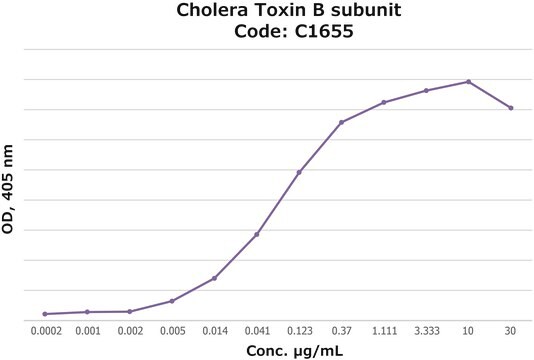
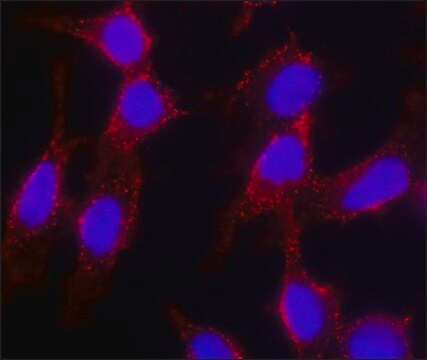
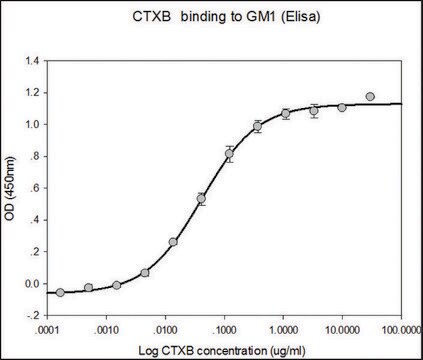
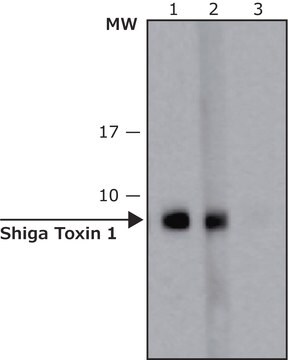
![Anti-phospho-TDP-43 [pSer409] antibody produced in rabbit ~1.0 mg/mL, affinity isolated antibody](/deepweb/assets/sigmaaldrich/product/images/407/478/bcd6d544-d187-42ed-8c1e-98bf709b4da7/640/bcd6d544-d187-42ed-8c1e-98bf709b4da7.jpg)
